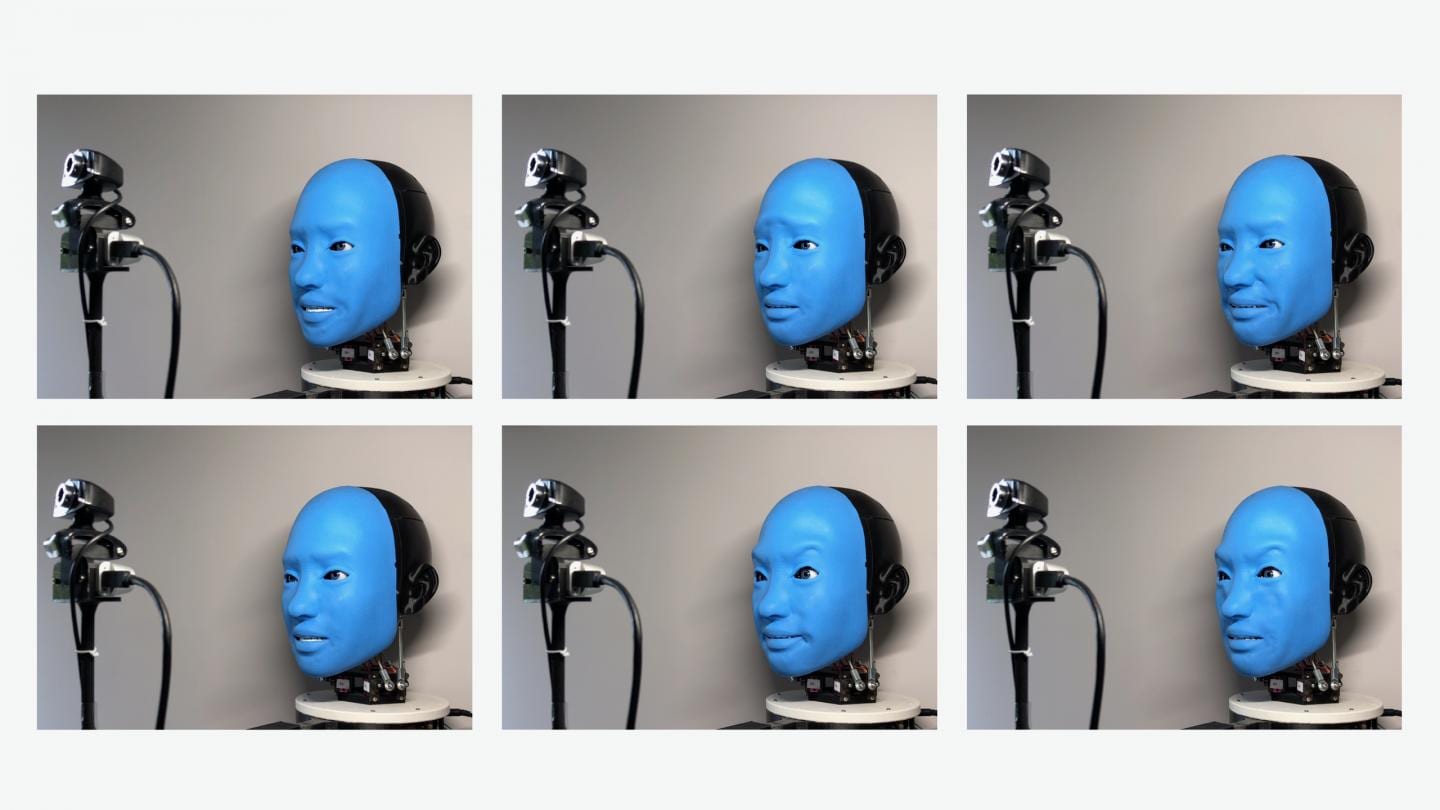
The quick-control system developed by VTT slashes substantially the programming time for industrial robots, enabling the use of automation also in short production runs of single-item products. This innovation will boost Finland’s competitiveness as a manufacturing economy.
VTT has developed a control system for the industrial robots used for manufacturing of single-item products that substantially cuts the setting and programming time for the robot. Thanks to the new innovations, the time required for programming a robot can now be counted in minutes at best, when earlier, using traditional programming methods, it could take an hour or more.
“The new solution significantly enhances the efficiency of productive operations and opens up new opportunities for utilising robots,” says Tapio Heikkilä, Principal Scientist at VTT.
The unique features of the new control system include, for instance, the use of two force/torque sensors, when traditionally robotic systems have one or none at all. The purpose of a force/torque sensor is to recognise the pressure on the tool. In the VTT solution, one sensor is attached to a wireless control stick by which the robot can be steered through the operation step by step.
The control stick and the control system operating in real time make it possible for a human controller to work in the same working space with the robot and control the robot’s movements directly using a control stick attached to the robot or the load.
When the human steers the robot from a short distance, the interaction between the human and the robot becomes easier.
“The interactive solution makes it possible to take advantage of the human observation capacity for carrying out the required task,” Heikkilä says.
Thanks to the interactive system, both the teaching of new tasks and continuous paths to the robot and direct control of the robot become much faster than before. This is particularly useful in the manufacturing of test pieces and single-item products, because heavy objects and even the entire assembly process can be moved in a flexible manner.
In the traditional solution, the robot’s work path is programmed slowly one point at a time, and the robot unvaryingly repeats the predefined task. Reprogramming and even minor variations in such factors as the locations of the items being handled cause immediate errors.
A solution for the internet era
Quick programming of robots and human-robot interaction will become even more important features in the industrial internet era, when flexible production and short runs are essential competitive assets for companies. Traditional hard automation meets such requirements quite poorly.
“When the customer has a versatile range of single-item products to process, efficient partial automation may be a competitive solution,” Heikkilä points out.
The robot solution developed by VTT for its part boosts Finland’s chances of succeeding as a manufacturing economy. The solution is suited to tasks requiring a high level of expertise, where the robot does the hard work and the people do the brainwork.
The new solution also enables service models to become more common in the industrial internet era. The data measured from the sensors of the robot can be stored in a cloud service, which makes it possible to run different analyses as a remote service. The robot’s performance can also be monitored in real time through the internet.
Read more: VTT’s robot innovation automates short production runs
The Latest on: Robot programming
[google_news title=”” keyword=”robot programming” num_posts=”10″ blurb_length=”0″ show_thumb=”left”]
via Google News
The Latest on: Robot programming
- RPS robotics team finishes its run to a world championshipon May 1, 2024 at 9:59 pm
ROCHESTER, Minn. (KTTC) – Rochester Public Schools’ robotics team, Inconceivable 2530, finished its run at the First Robotics Competition (FRC) World Championship, after being knocked out in the ...
- Boston Dynamics Covers Spot Quadruped Robot In Blue Fur, Teaches It To Danceon May 1, 2024 at 4:14 pm
Presumably in an attempt to make their robots look less robotic and more lifelike, Boston Dynamics has covered one of its Spot quadruped robots in blue shimmery fur and named it Sparkles. To celebrate ...
- Natural language boosts LLM performance in coding, planning and roboticson May 1, 2024 at 1:45 pm
Large language models (LLMs) are becoming increasingly useful for programming and robotics tasks, but for more complicated reasoning problems, the gap between these systems and humans looms large.
- Boston Dynamics bots could revolutionize the live entertainment industryon May 1, 2024 at 9:28 am
Boston Dynamics introduced its four-legged, canine-like robot in 2016. Over the years, we have seen Spot work alongside - and in place of - humans in ...
- Vention Launches New Cloud-Robotic and AI Capabilities to Accelerate the Design and Deployment of Robot Cellson May 1, 2024 at 6:40 am
Further enhancing the ease of designing, programming, and deploying robot cells while also equipping advanced users with more powerful programming tools.
- A Roundup of New Robotson May 1, 2024 at 6:16 am
The cups are available in four diameters, from 40 to 100 millimeters, and three mounting configurations (3/8G male or female and 32 millimeter square). All are made from thermoplastic polyurethane for ...
- County robotic teams wrap up season at World Championshipson May 1, 2024 at 6:01 am
The 2024 VEX Robotics World Championship, presented by the Northrop Grumman Foundation, just wrapped up this week at the Kay Bailey Hutchison Convention Center in Dallas.
- New Clip From ‘Mars Express’ Reveals Terrifying Robot Attackon May 1, 2024 at 4:59 am
Watch an exclusive clip of the upcoming neo-noir sci-fi release "Mars Express" from GKIDS, who brought Oscar-winner "The Boy and the Heron" to domestic theaters last year.
- MIT Technology Reviewon April 30, 2024 at 4:15 am
AI is upending the way robots learn, leaving companies and researchers with a need for more data. Getting it means wrestling with a host of ethical and legal questions.
- AI Faces Its ‘Oppenheimer Moment’ During Killer Robot Arms Raceon April 29, 2024 at 3:44 pm
Regulators who want to get a grip on an emerging generation of artificially intelligent killing machines may not have much time left to do so, governments were warned on Monday.
via Bing News










